Home>Garden Essentials>What Was The Three-Crop Rotation?


Garden Essentials
What Was The Three-Crop Rotation?
Modified: August 17, 2024
Discover the benefits of the three-crop rotation system for your garden. Increase soil fertility, reduce pests, and achieve better yields with this sustainable farming practice.
(Many of the links in this article redirect to a specific reviewed product. Your purchase of these products through affiliate links helps to generate commission for Storables.com, at no extra cost. Learn more)
Introduction
When it comes to successful gardening and sustainable agricultural practices, implementing a systematic crop rotation plan is key. One such method that has been used for centuries is the three-crop rotation system. This approach involves dividing the cultivation area into three smaller plots and rotating different crops between them each year.
In this article, we will explore the concept of three-crop rotation, its historical background, the benefits it offers, the selection and sequence of crops, as well as the implementation techniques. Additionally, we will discuss the advantages and challenges of this system and touch upon modern adaptations.
So, let’s dive in and learn how this traditional farming technique can enhance soil health, prevent disease and pest issues, and optimize crop yield.
Key Takeaways:
- Three-crop rotation is a historical farming technique that helps maintain soil health, control pests and diseases, and increase crop yields by rotating different crops in a planned sequence.
- Farmers can overcome challenges and adapt the three-crop rotation system with modern innovations, such as precision agriculture and extended crop rotations, to enhance sustainability and productivity.
Read more: What Is Crop Rotation Strip Cropping
Definition of Three-Crop Rotation
Three-crop rotation, also known as three-field crop rotation or Norfolk Crop Rotation, is an agricultural practice that involves dividing a field into three separate plots and rotating different crops between them on a yearly basis. This technique aims to improve soil fertility, control pests and diseases, and maximize crop yields.
The basic idea behind three-crop rotation is to break the continuous planting of the same crop in the same area, which can deplete the soil nutrients and increase the risk of pests and diseases. By rotating crops, farmers can address these challenges and maintain a more sustainable and productive farming system.
Each year, the three plots are assigned different crops, which are carefully selected based on their nutrient demands, growth patterns, and pest resistance. The rotation sequence typically follows a specific pattern, ensuring that each crop has a chance to benefit from the previous one.
This method of crop rotation has been practiced for centuries and has proved successful in maintaining soil health and optimizing agricultural output. It was initially developed by farmers in medieval Europe as a response to the limitations of the traditional two-field system.
The three-crop rotation system gained prominence during the agricultural revolution in the 18th century when it was further refined and popularized by pioneering agriculturalists like Charles Townshend and Jethro Tull. Their efforts contributed significantly to the widespread adoption of the method across Europe and beyond.
Overall, three-crop rotation is a systematic approach to farming that helps break the cycle of nutrient depletion and pest buildup, leading to improved soil health and higher crop productivity.
Historical Background
Three-crop rotation has a rich and fascinating historical background that dates back to medieval times. The technique originated in Europe as a response to the limitations of the traditional two-field system, which involved leaving one field fallow every year to restore its fertility.
During the Middle Ages, this two-field system proved insufficient to meet the growing demand for food as population numbers increased. Farmers needed a more efficient way to maximize their crop yields and ensure a sustainable food supply.
In the early 18th century, agriculturalists Charles Townshend, known as “Turnip” Townshend, and Jethro Tull made significant contributions to the development and popularization of the three-crop rotation system.
Townshend, an English aristocrat, experimented with crop rotation on his estate and observed that alternating different crops in a planned sequence improved both soil fertility and crop yields. He emphasized the importance of adding the leguminous plant turnip to the rotation, as it helped fix nitrogen in the soil, enriching it for subsequent crops.
Jethro Tull, an English agriculturist, introduced innovations such as the seed drill, which allowed for more precise and efficient sowing of crops. His work on mechanized agriculture, combined with the principles of crop rotation, revolutionized farming techniques.
These pioneering agriculturalists, along with other scientists and farmers of the time, advocated for the widespread adoption of the three-crop rotation system across Europe and North America. Their efforts transformed the agricultural landscape and paved the way for increased food production during the agricultural revolution.
Today, although advancements in technology and agricultural practices have led to the adoption of more diverse crop rotation strategies, the principles and benefits of the three-crop rotation system remain relevant and continue to be used in various farming systems globally.
Benefits and Goals
The three-crop rotation system offers numerous benefits and aligns with specific goals that contribute to sustainable and productive agriculture. Let’s explore some of the key advantages and objectives of this farming technique:
1. Soil Fertility: One of the primary goals of three-crop rotation is to maintain soil fertility. By rotating different crops, each with its unique nutrient requirements, the soil can replenish specific nutrients that one crop may deplete while benefiting from the residues and root systems of the previous crops. This practice helps prevent nutrient imbalance and ensures the long-term health and productivity of the soil.
2. Pest and Disease Control: Another significant benefit of rotation is the effective control of pests and diseases. Many pests and diseases have specific hosts or prefer certain crops. By rotating crops, farmers disrupt the life cycles of these pests and diseases, making it harder for them to establish and spread. This reduces the need for chemical interventions and promotes natural pest and disease management.
3. Weed Suppression: Crop rotation can also help control weeds. Some crops, such as cover crops or those with dense foliage, can outcompete weeds, reducing their presence and the need for herbicides. Additionally, rotating crops with different growth habits can disrupt weed growth cycles and prevent the buildup of weed populations in successive years.
4. Balanced Nutrient Cycling: A well-designed crop rotation plan ensures a balanced cycling of nutrients. Crops with different nutrient demands utilize and release different amounts and types of nutrients into the soil. This prevents excessive depletion or accumulation of specific nutrients, leading to overall nutrient balance in the soil.
5. Increased Yield Potential: By providing adequate rest and nutrition to the soil, three-crop rotation can significantly increase overall crop yields. The improved soil fertility, effective pest management, and controlled weed growth contribute to healthier plants and higher productivity.
6. Environmental Sustainability: Implementing three-crop rotation supports environmentally sustainable agriculture. By reducing reliance on chemical inputs, conserving soil health, and promoting natural pest control, this practice minimizes the environmental impact associated with conventional farming methods.
Ultimately, the goals of three-crop rotation revolve around maintaining soil fertility, optimizing crop yield, minimizing pest and disease issues, and contributing to sustainable agriculture that ensures the long-term health of both the land and the food production system.
Crop Selection and Rotation Sequence
When implementing a three-crop rotation system, careful consideration must be given to crop selection and the sequence in which they are rotated. The goal is to balance the nutrient demands of each crop, disrupt pest and disease cycles, and maintain soil health. Here are some key factors to consider:
Crop Selection: The selection of crops for rotation depends on various factors, including local climate, soil type, and market demand. It is essential to choose crops with different nutrient requirements, growth habits, and pest resistance to ensure a well-rounded rotation plan.
- Legumes: Leguminous crops, such as peas, beans, and clover, play a crucial role in the rotation. They have the ability to fix nitrogen from the air into the soil through a symbiotic relationship with nitrogen-fixing bacteria. This enhances soil fertility for subsequent crops.
- Root Crops: Root vegetables, including carrots, potatoes, and beets, are typically included in the rotation. They help break up the soil, improve its structure, and provide organic matter when their roots decompose.
- Grains: Cereal crops like wheat, barley, or corn are often rotated within the system. They have different nutrient requirements than legumes and root crops, enhancing nutrient diversity in the rotation.
- Cover Crops: Including cover crops like rye, oats, or vetch is beneficial during fallow periods. They help prevent soil erosion, suppress weed growth, and add organic matter when they are tilled back into the soil.
Rotation Sequence: The rotation sequence is the order in which the crops are rotated throughout the years. There is no one-size-fits-all approach, as the sequence can vary depending on region and specific farming goals. However, there are common rotation patterns to consider:
- Year 1: The first year often starts with a leguminous crop, such as peas or beans. These crops enrich the soil with nitrogen for the following crops.
- Year 2: In the second year, root crops are typically planted. They benefit from the residual nitrogen left by the legumes and help break up compacted soil.
- Year 3: The third year often involves planting grains or cover crops. These crops utilize the remaining nutrients, control weeds, and protect the soil during fallow periods.
After completing the three-year rotation cycle, the sequence starts again, ensuring that each plot receives a different crop each year. Farmers may customize the rotation based on their specific needs, incorporating different crops or extending the rotation cycle to include additional varieties.
By carefully selecting crops and following a well-planned rotation sequence, farmers can optimize soil fertility, manage pests and diseases, and promote overall crop health within the three-crop rotation system.
Read more: What Was Crop Rotation?
Types of Crops Commonly Used
When implementing a three-crop rotation system, the selection of crops is a crucial factor in achieving the desired benefits and goals. Different crops have varying nutrient requirements, growth habits, and pest resistance, making them suitable for specific roles within the rotation. Here are some commonly used crops in the three-crop rotation system:
Leguminous Crops:
- Peas: Peas are a popular choice due to their ability to fix atmospheric nitrogen through nitrogen-fixing bacteria in their root nodules. This nitrogen fixation enriches the soil, benefiting subsequent crops in the rotation.
- Beans: Both bush and climbing beans, such as kidney beans, black beans, or green beans, are commonly rotated. They offer nitrogen-fixing benefits similar to peas and contribute to soil health.
- Clover: Different types of clover, including red clover and white clover, are often used as cover crops or green manure. They help suppress weeds, improve soil structure, and provide nitrogen enrichment.
Root Crops:
- Carrots: Carrots are versatile root crops that are often included in the rotation. They have a deep root system that helps break up compacted soil and improve its structure.
- Potatoes: Potatoes are another commonly rotated crop. They require loose, well-drained soil and can help aerate the soil while also providing organic matter as their tubers decompose.
- Beets: Beets, both sugar beets and garden beets, are often chosen for their ability to grow in a wide range of conditions. They contribute to soil health, enhance nutrient diversity, and offer culinary versatility.
Grain Crops:
- Wheat: Wheat is a staple grain crop widely used in crop rotation. It has different nutrient requirements than legumes and root crops, contributing to nutrient diversity in the rotation.
- Barley: Barley is another common grain crop that can be rotated. It is known for its ability to grow in various soil types and has nutritional benefits for livestock as well.
- Corn: Corn, or maize, is a versatile crop that can be rotated in certain regions and with appropriate soil conditions. It requires careful management due to its high nitrogen demand.
Cover Crops:
- Rye: Rye is a popular cover crop due to its ability to suppress weeds and prevent soil erosion. It also adds organic matter when tilled back into the soil, enhancing nutrient content.
- Oats: Oats are commonly rotated as cover crops, providing similar benefits to other covers, such as weed suppression, erosion control, and improved soil health.
- Vetch: Vetch, particularly hairy vetch, is chosen as a cover crop for its ability to fix nitrogen, improve soil structure, and increase organic matter content.
These are just a few examples of the crops commonly used in the three-crop rotation system. Farmers may select different crops based on their specific climate, soil conditions, and farming objectives. The key is to choose crops that complement each other in nutrient cycling, pest management, and overall soil health, resulting in sustainable and productive agricultural systems.
The three-crop rotation was a farming technique where farmers divided their fields into three sections and planted different crops in each section each year. This helped to improve soil fertility and prevent the depletion of nutrients.
Implementation and Techniques
Implementing the three-crop rotation system requires careful planning and adherence to specific techniques to maximize its benefits. Here are some key implementation strategies and techniques to consider:
1. Field Division: Start by dividing the cultivable land into three equal plots or fields. Each plot will be dedicated to different crops during the rotation cycle.
2. Soil Testing and Analysis: Conduct soil tests to determine its nutrient composition and pH levels. This analysis will help in selecting appropriate crops and optimizing the nutrient management plan for each plot.
3. Crop Selection and Layout: Choose the crops that best suit your climate, soil conditions, and farming goals. Arrange the crops within each plot, considering their growth habits, nutrient requirements, and pest resistance.
4. Rotation Sequence: Establish a rotation sequence that ensures each plot receives a different crop each year. Follow a predetermined pattern, considering factors such as nitrogen-fixing capability, root structure, and nutrient demands of each crop.
5. Crop Residue Management: Proper management of crop residues is crucial for the success of the three-crop rotation system. Remove plant debris and incorporate it back into the soil to promote nutrient recycling and organic matter incorporation.
6. Cover Crops: Consider incorporating cover crops during fallow periods to protect the soil from erosion, suppress weed growth, and improve soil structure. These cover crops can be tilled back into the soil as green manure.
7. Nutrient Management: Based on soil test results, develop a nutrient management plan for each crop in the rotation. This may include the application of organic materials, compost, or targeted fertilizers to replenish specific nutrients and maintain soil fertility.
8. Pest and Disease Management: Implement integrated pest management strategies to control pests and diseases effectively. Rotate crops with different pest vulnerabilities to disrupt pest life cycles and reduce the reliance on chemical interventions.
9. Weed Control: Employ diverse strategies for weed control, such as crop rotation itself, use of cover crops, regular cultivation, mulching, and strategic herbicide applications when necessary.
10. Monitoring and Adjustment: Continuously monitor and assess the success of your three-crop rotation system. Keep records of yields, soil health indicators, and pest and disease management, and make adjustments as needed based on the observed results.
It is important to note that successful implementation of the three-crop rotation system requires knowledge of local conditions and factors specific to your farming operation. Consulting with agricultural extension services, local experts, or experienced farmers in your area can provide valuable insights and guidance tailored to your region.
By following these implementation techniques and incorporating adaptive management practices, you can optimize the benefits of the three-crop rotation system and maintain a sustainable and productive farming operation.
Advantages of Three-Crop Rotation
The implementation of a three-crop rotation system offers numerous advantages that contribute to sustainable agricultural practices and improved crop yields. Here are some key advantages of implementing the three-crop rotation:
1. Enhanced Soil Fertility: Three-crop rotation helps maintain and improve soil fertility by balancing nutrient depletion and accumulation. Each crop in the rotation has different nutrient requirements, ensuring the soil is not continually depleted of specific nutrients. Additionally, leguminous crops, like peas and beans, contribute to nitrogen fixation, enriching the soil for the subsequent crops.
2. Disease Suppression: By rotating crops, the three-crop rotation system disrupts pest and disease life cycles. Certain diseases and pests are specific to particular crops. Rotating crops prevents the buildup of pathogens and pests, reducing the risk of disease outbreaks and minimizing the need for chemical treatments.
3. Weed Control: Crop rotation can effectively suppress weed growth. Different crops exhibit varying growth habits, root structures, and canopy formations. This diversity disrupts weed growth patterns, reducing the competition for resources and minimizing the need for herbicides. Additionally, cover crops used in rotation can act as living mulch, suppressing weed growth and preventing soil erosion.
4. Nutrient Cycling: The inclusion of different crops with varying nutrient demands promotes balanced nutrient cycling in the soil. Each crop takes up and releases different nutrients, ensuring a diverse and well-rounded nutrient profile. This prevents excessive depletion or accumulation of specific nutrients, maintaining overall soil fertility and health.
5. Increased Crop Yield: Implementing a three-crop rotation system can lead to increased crop yields. By managing soil fertility, controlling pests and diseases, and reducing weed competition, crops can grow in optimal conditions and produce higher yields. The improved soil structure and nutrient availability, along with better disease and pest management, contribute to healthier plants and increased productivity.
6. Reduced Input Dependency: The three-crop rotation system helps reduce dependency on chemical inputs. By minimizing pest and disease pressure through rotation and promoting natural soil fertility, farmers can reduce the use of synthetic fertilizers, pesticides, and herbicides. This not only decreases input costs but also reduces environmental impacts and promotes sustainable farming practices.
7. Environmental Sustainability: With its focus on soil health, reduced chemical inputs, and effective pest and weed management, the three-crop rotation system promotes environmental sustainability. It supports biodiversity, minimizes soil erosion, conserves water resources, and reduces the release of agrochemicals into the environment, contributing to more sustainable farming practices.
8. Economic Viability: Incorporating three-crop rotation can have economic benefits for farmers. Higher crop yields and reduced input costs can lead to increased profitability and overall economic viability of the farming operation. Additionally, the diversification of crops in rotation can open up opportunities for market diversification and reduce the risk of total crop failure in case of pest or disease outbreaks.
By implementing three-crop rotation, farmers can improve soil health, optimize crop yields, reduce reliance on chemical inputs, and contribute to environmental sustainability. It is a time-tested and effective approach to achieve long-term agricultural success while minimizing negative impacts on the environment.
Challenges and Limitations
While the three-crop rotation system offers numerous benefits, it is important to be aware of the challenges and limitations that come with its implementation. Understanding and addressing these issues can help farmers successfully navigate the rotation process. Here are some common challenges and limitations:
1. Limited Crop Selection: Not all crops are suitable for three-crop rotation, especially in regions with specific climate and soil conditions. Limited crop options can restrict the diversity of the rotation and limit the effectiveness of disease and pest control strategies.
2. Crop Market Demand: Farmers need to consider market demand and profitability when selecting crops for rotation. If there is limited demand or low market prices for certain crops in the rotation, it can impact the economic viability of the system.
3. Skill and Knowledge: Implementing a successful three-crop rotation system requires knowledge of crop requirements, rotation strategies, and pest and disease management. Farmers must stay informed and continuously update their understanding of best practices to overcome any challenges that arise.
4. Labor and Time Intensiveness: The three-crop rotation system can require more labor and time compared to monoculture farming. Managing different crops and implementing rotation strategies may involve additional workload, especially during planting and harvest seasons.
5. Weed Management: While three-crop rotation can help with weed control, it does not eliminate weeds completely. Certain weed species may thrive in rotation systems, requiring additional weed management techniques such as cultivation, mulching, or targeted herbicide applications.
6. Disease Persistence: Some diseases can persist in the soil or plant debris despite rotating crops. If not managed appropriately, certain crop diseases can still affect subsequent crops, reducing their yield potential. Regular monitoring, proper sanitation practices, and the use of disease-resistant crop varieties are critical for effective disease management.
7. Pests and Insect Pressure: While crop rotation can help control certain pests, it may not be effective against all insect pests. Some pests have a broad host range and can impact different crops within the rotation. Integrated pest management practices, such as monitoring, biological control, and judicious use of insecticides, may still be necessary.
8. Implementation Challenges: Implementing three-crop rotation requires planning, coordination, and careful execution. Coordinating crop planting, ensuring proper timing, and managing multiple crops simultaneously can present challenges, especially for larger farming operations.
Despite these challenges and limitations, with proper planning, adaptation, and persistence, farmers can overcome these obstacles and successfully implement a three-crop rotation system. By staying informed, accessing relevant resources, and seeking expert advice when needed, farmers can optimize the benefits of rotation and achieve sustainable and productive farming practices.
Read more: What Are The Principles Of Crop Rotation
Modern Adaptations and Variations
While the traditional three-crop rotation system has proven effective over the centuries, modern agriculture has introduced adaptations and variations to suit different farming contexts and objectives. Here are some modern adaptations and variations of the three-crop rotation system:
1. Extended Crop Rotations: Some farmers have expanded the traditional three-crop rotation to include more crops. They may incorporate additional crops into the rotation, such as cover crops, cash crops, or specialty crops, to diversify their production and meet specific market demands.
2. Precision Agriculture: Precision agriculture technologies, such as GPS-guided equipment and remote sensing, are now commonly used in the implementation of crop rotation systems. Farmers can precisely plan and monitor the rotation process, optimize nutrient and irrigation management, and improve overall efficiency.
3. Perennial Crops: In certain regions, farmers are incorporating perennial crops, such as perennial grains or orchard crops, into their rotation systems. This approach provides long-term soil cover, better erosion control, and enhanced ecological benefits compared to annual crops.
4. Conservation Agriculture: Conservation agriculture practices, such as minimum tillage or no-till farming, can be integrated into three-crop rotation systems. These practices help preserve soil structure, promote soil health, and reduce erosion, while still benefiting from the advantages of crop rotation.
5. Companion Planting: Some farmers incorporate companion planting techniques within the crop rotation system. Companion planting involves planting crops together that have mutually beneficial relationships, such as pest deterrence, improved pollination, or enhanced nutrient uptake, thus optimizing the overall productivity of the rotation system.
6. Organic and Sustainable Farming: Many farmers have embraced organic and sustainable farming practices within the three-crop rotation system. They focus on building soil health through organic inputs, cover cropping, and crop rotation to minimize synthetic inputs, reduce environmental impacts, and meet the growing demand for organic products.
7. Intercropping: Intercropping involves growing multiple crops together in the same field. Farmers can incorporate intercropping practices within a three-crop rotation system to further diversify their production and maximize the use of land, sunlight, and resources.
8. Crop Rotation Simulation Models: With the advent of advanced computer modeling and simulation tools, farmers can now leverage crop rotation simulation models. These models provide predictions and optimization guidance for crop rotation strategies, allowing farmers to make informed decisions based on specific farm conditions and objectives.
These modern adaptations and variations reflect the continued evolution of the three-crop rotation system in response to changing agricultural landscapes, market demands, and environmental concerns. By embracing these innovations and tailoring them to their specific contexts, farmers can further enhance the sustainability, productivity, and resilience of their farming systems.
Conclusion
The three-crop rotation system is a time-tested and effective agricultural practice that offers numerous benefits for sustainable farming and optimal crop production. By dividing the cultivation area into three plots and rotating different crops on a yearly basis, farmers can maintain soil fertility, control pests and diseases, and increase crop yields.
Throughout history, this system has evolved and adapted to meet the needs of changing agricultural landscapes. Pioneering agriculturalists like Townshend and Tull revolutionized farming practices by popularizing the three-crop rotation system during the agricultural revolution.
Today, farmers continue to implement the three-crop rotation system with modern adaptations and variations to suit their specific farming contexts and objectives. These adaptations may include extended crop rotations, precision agriculture technologies, and integration with conservation agriculture or organic farming practices.
The three-crop rotation system brings numerous advantages, such as enhanced soil fertility, disease suppression, weed control, balanced nutrient cycling, increased crop yields, reduced input dependency, and environmental sustainability. However, it also comes with challenges and limitations that farmers must address, such as limited crop selection, pest and disease persistence, and the need for careful planning and management.
By staying informed, seeking expert advice, and incorporating innovative techniques, farmers can overcome these challenges and successfully implement the three-crop rotation system. It requires ongoing adaptation, monitoring, and adjustment to optimize the benefits and minimize potential limitations of the system.
In conclusion, the three-crop rotation system remains a valuable and effective approach to sustainable agriculture and crop production. By responsibly managing soil health, minimizing chemical inputs, and diversifying crop selection, farmers can ensure the long-term productivity, profitability, and environmental sustainability of their farming operations.
Frequently Asked Questions about What Was The Three-Crop Rotation?
Was this page helpful?
At Storables.com, we guarantee accurate and reliable information. Our content, validated by Expert Board Contributors, is crafted following stringent Editorial Policies. We're committed to providing you with well-researched, expert-backed insights for all your informational needs.
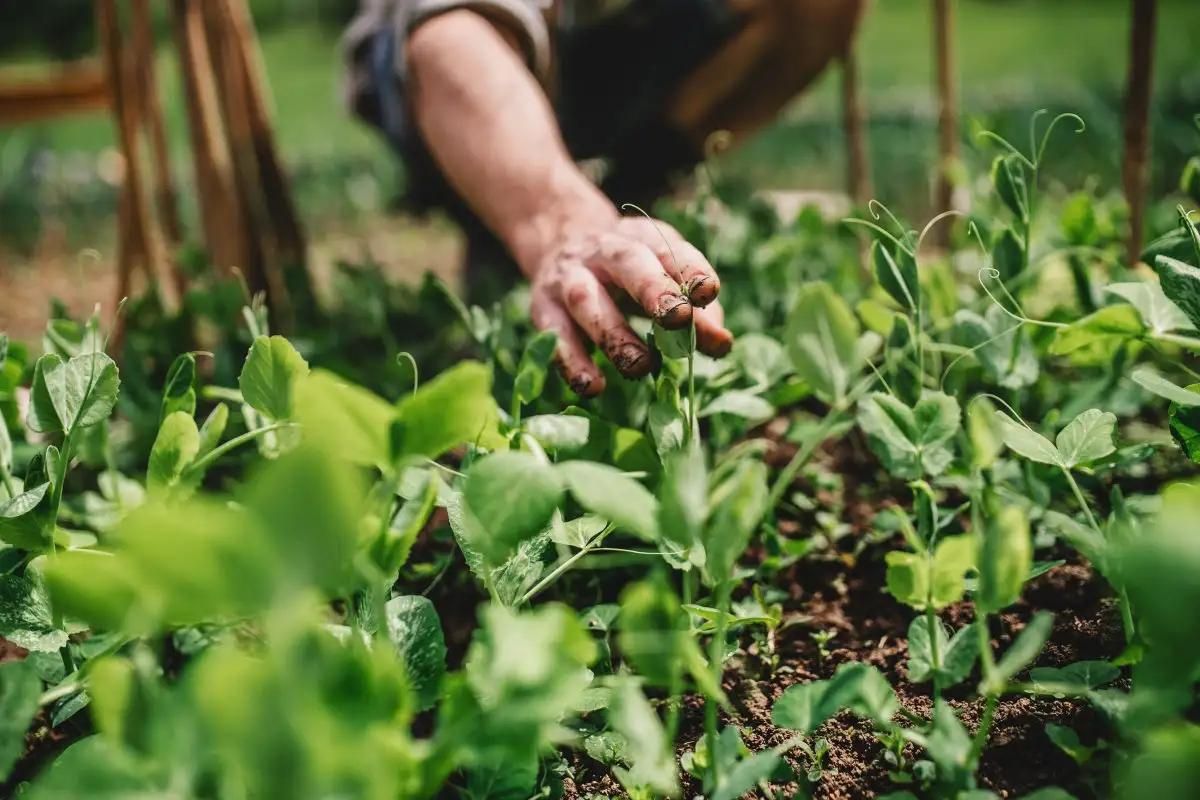
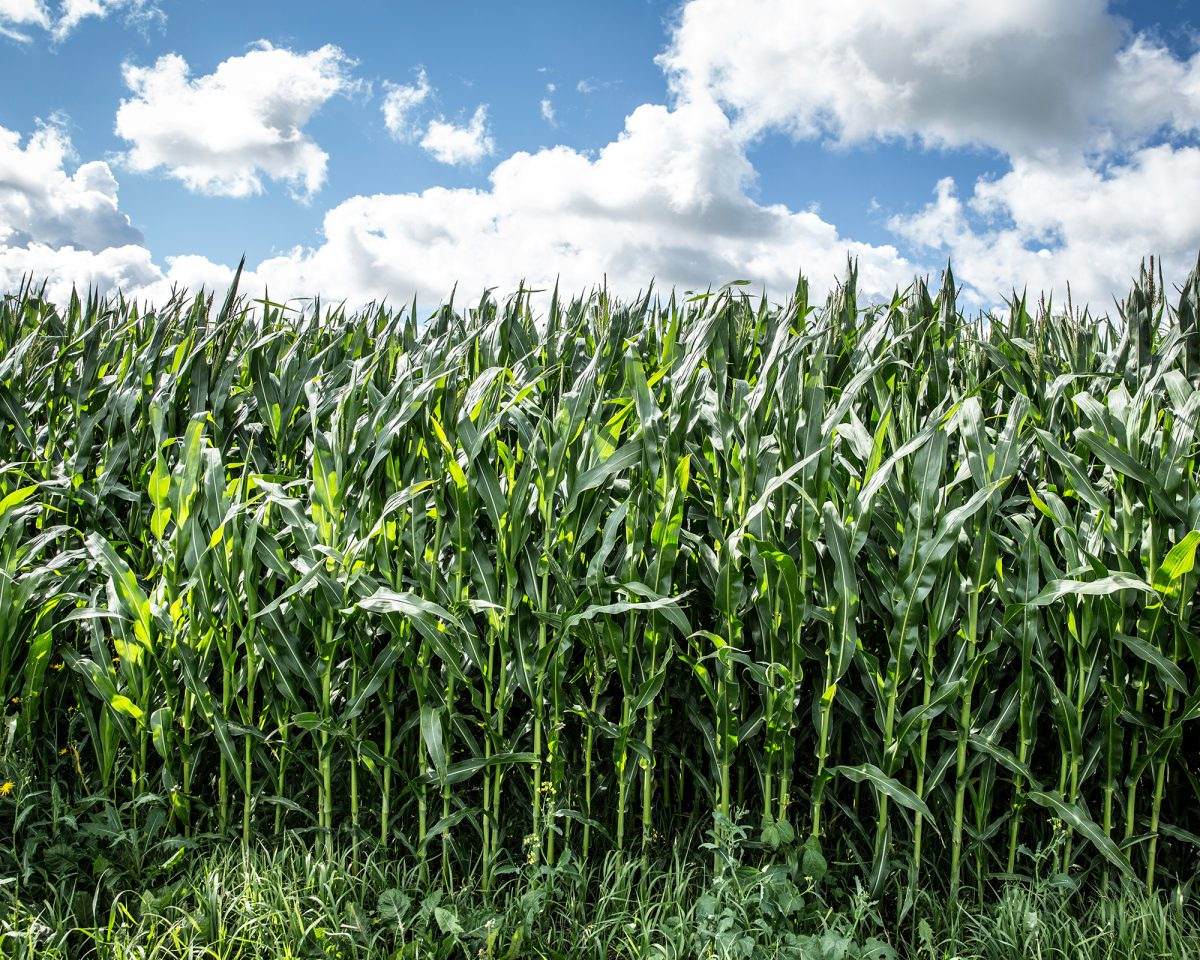
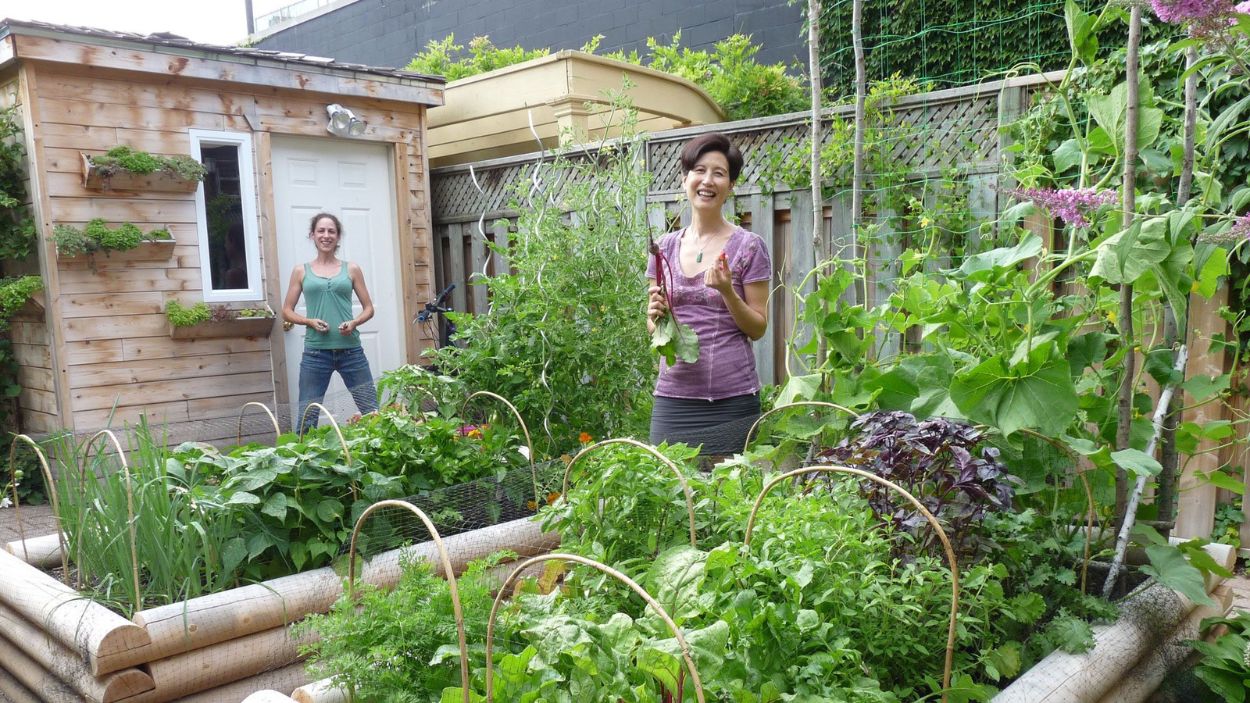
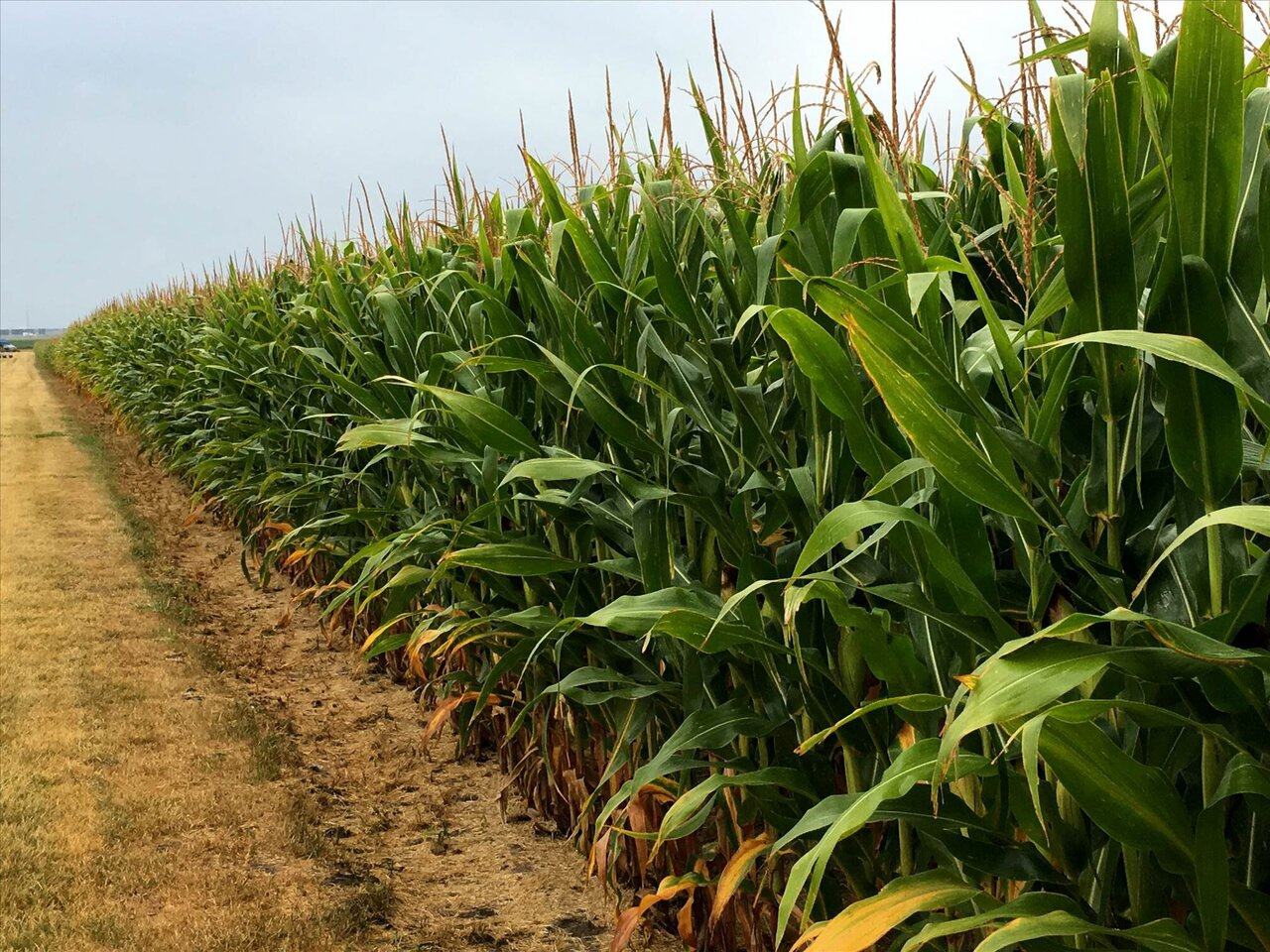
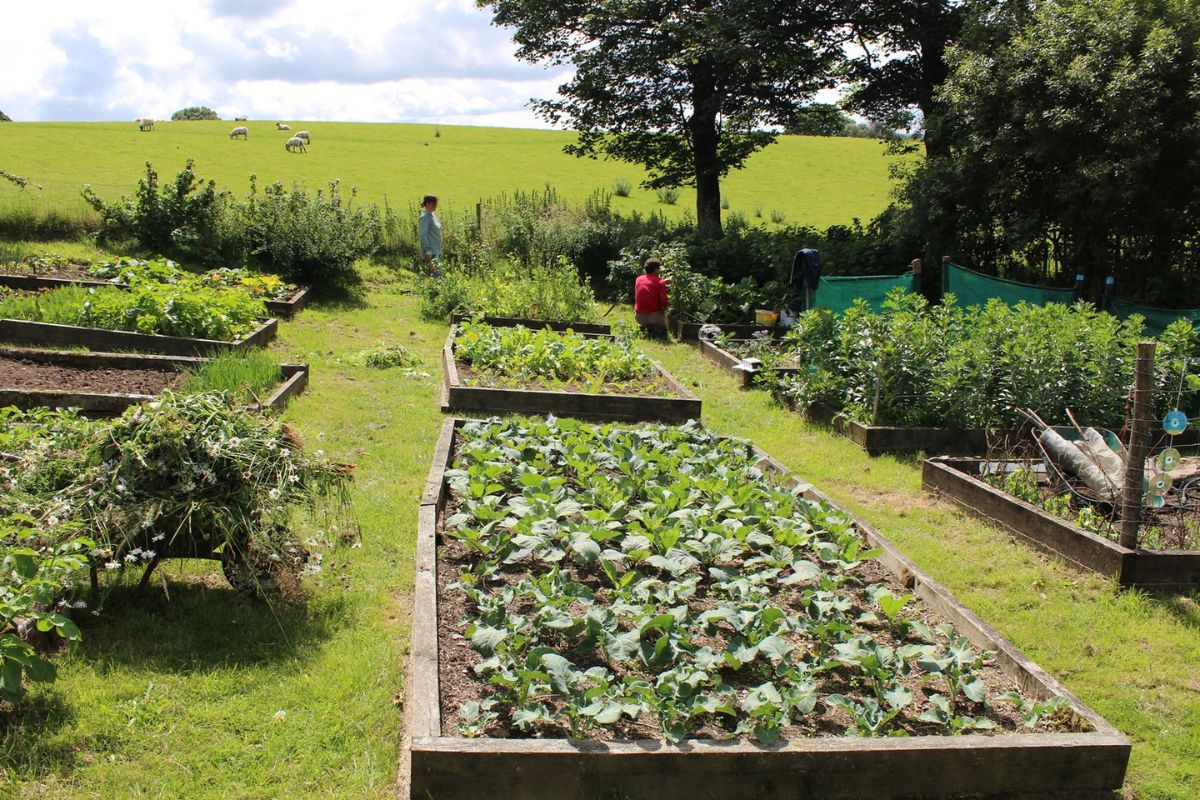
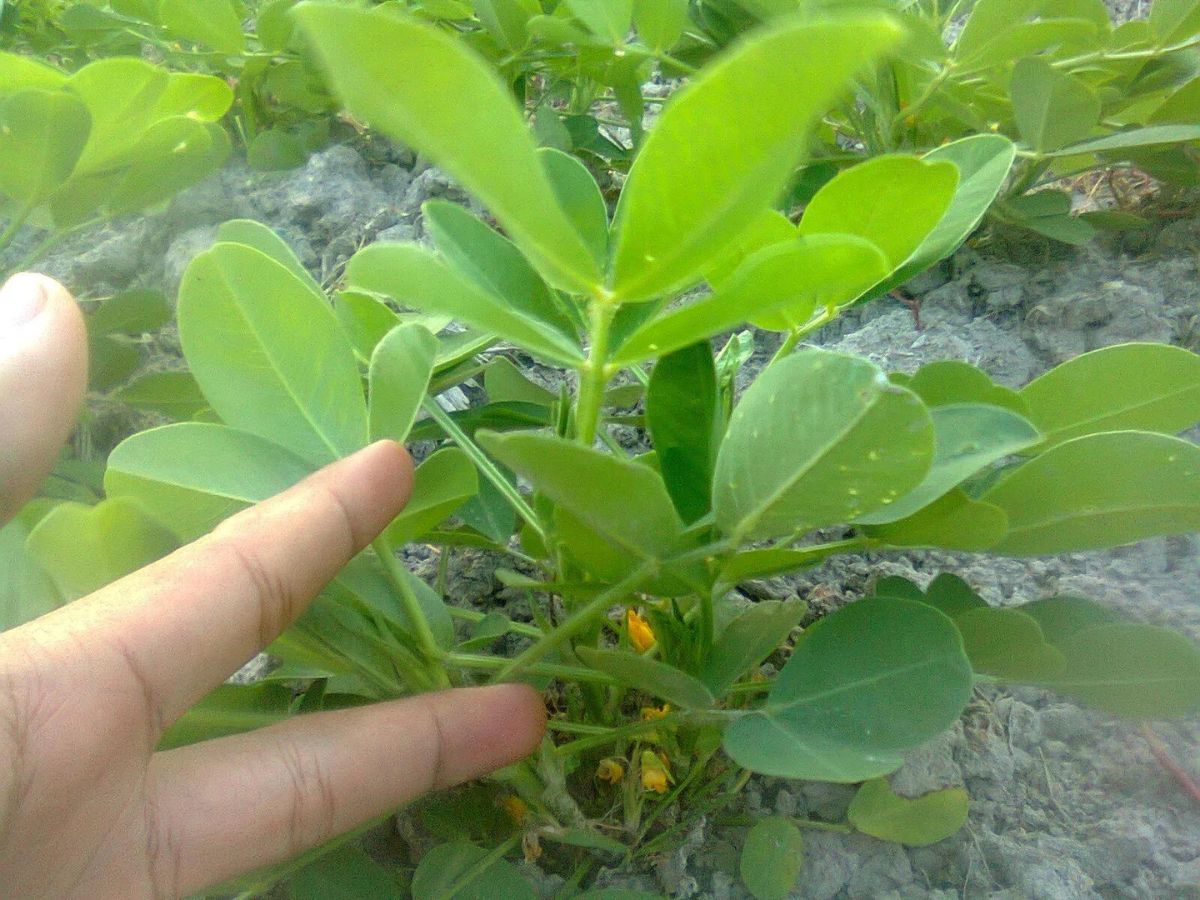
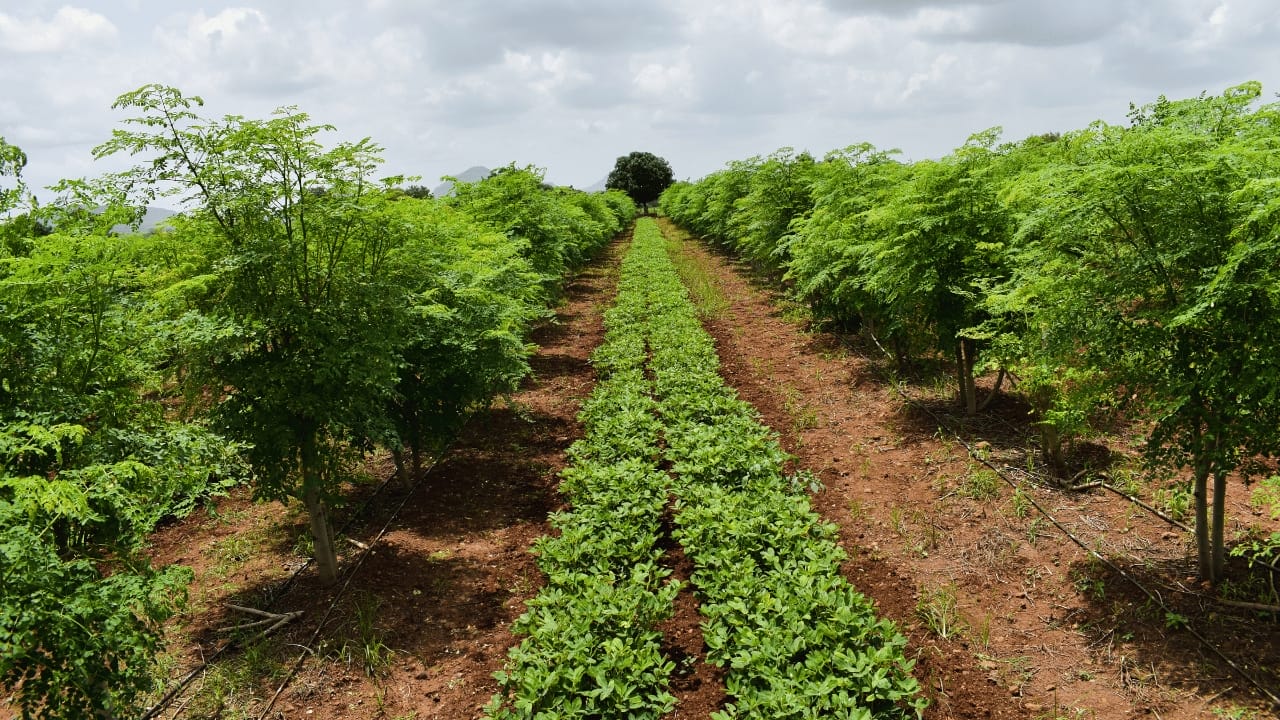
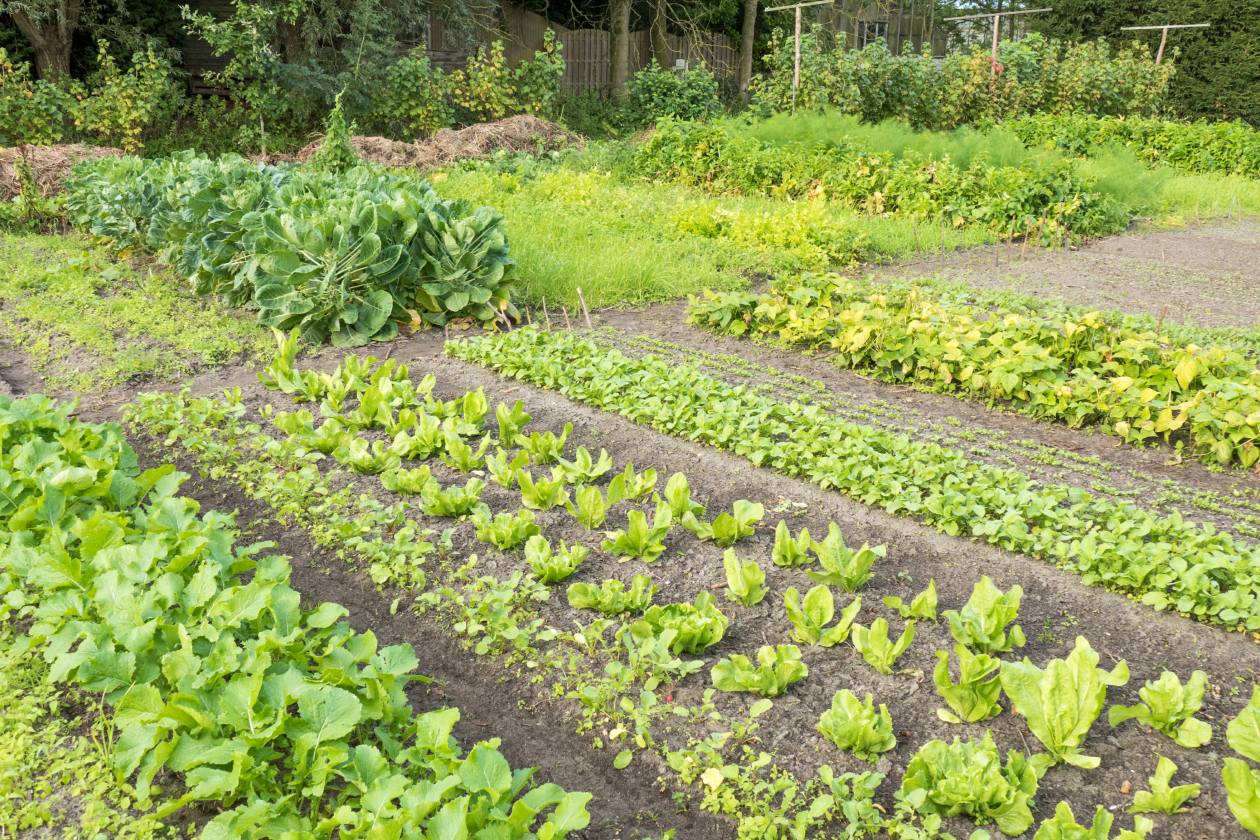
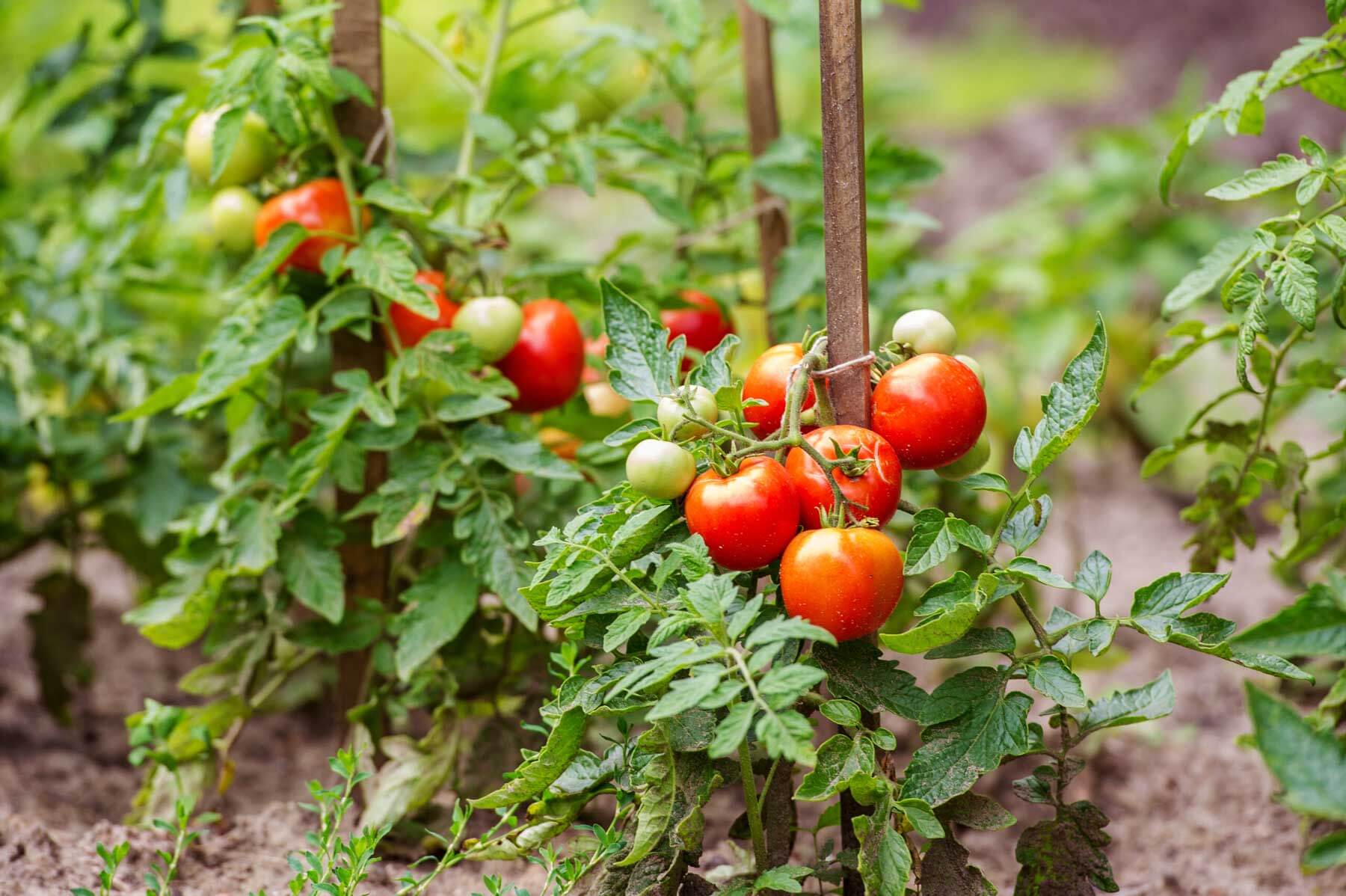
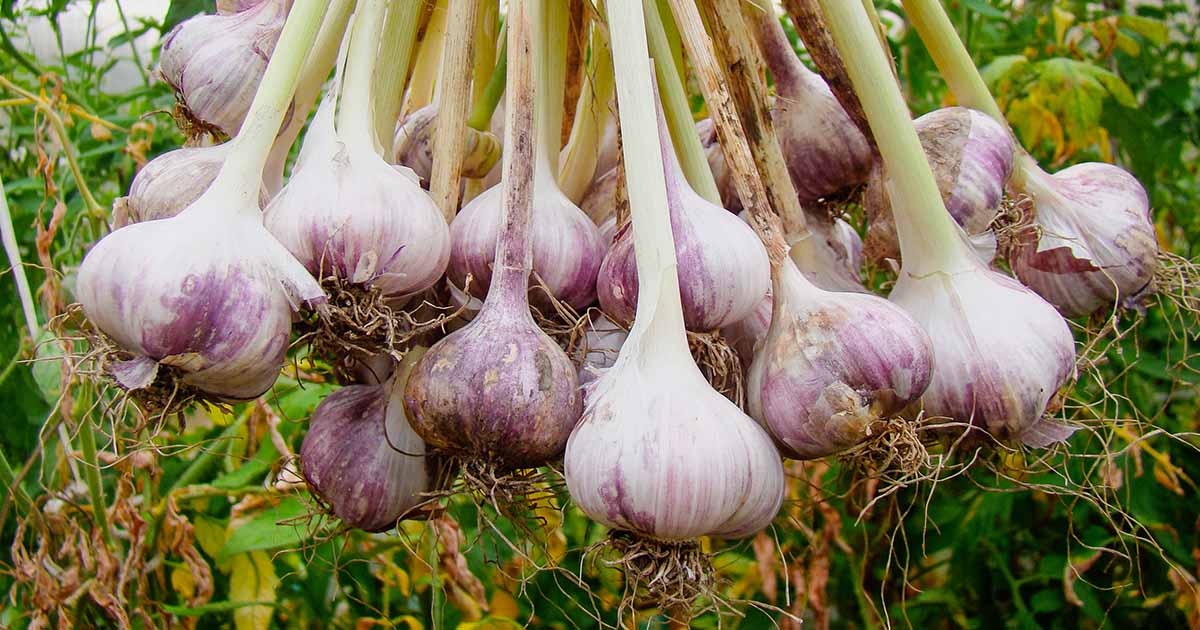
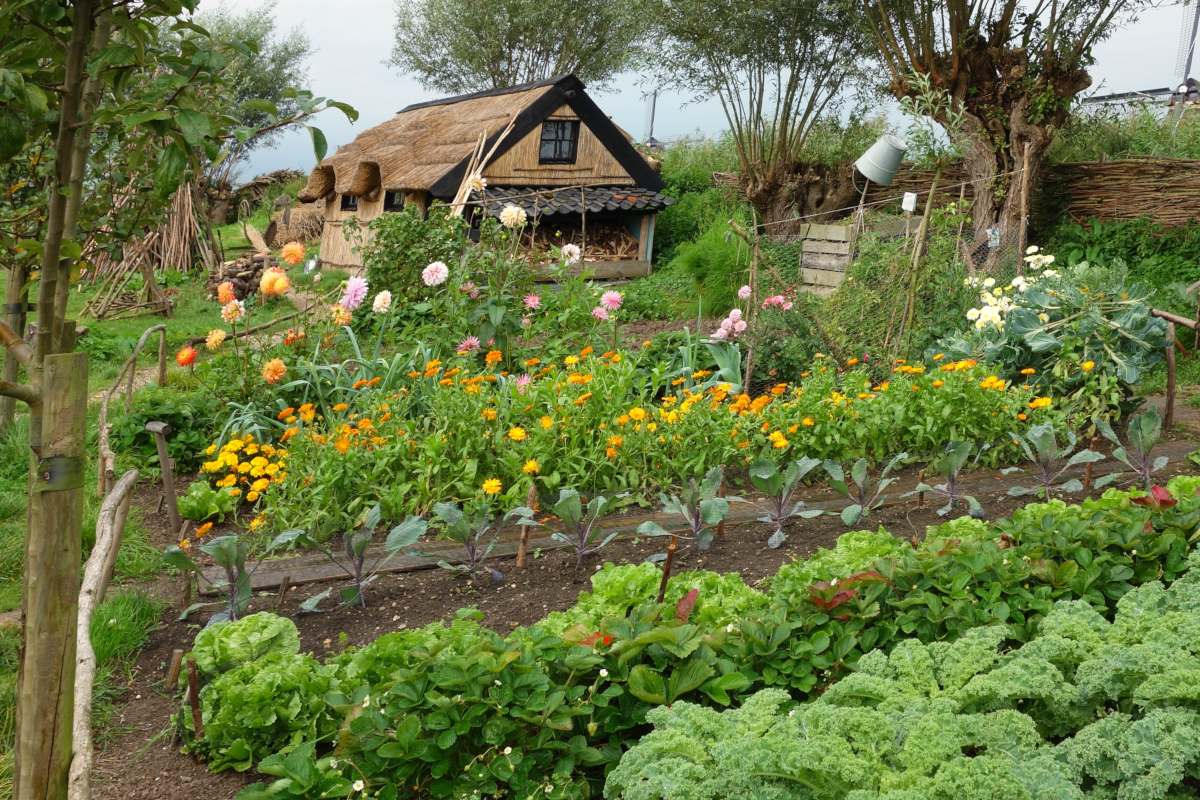
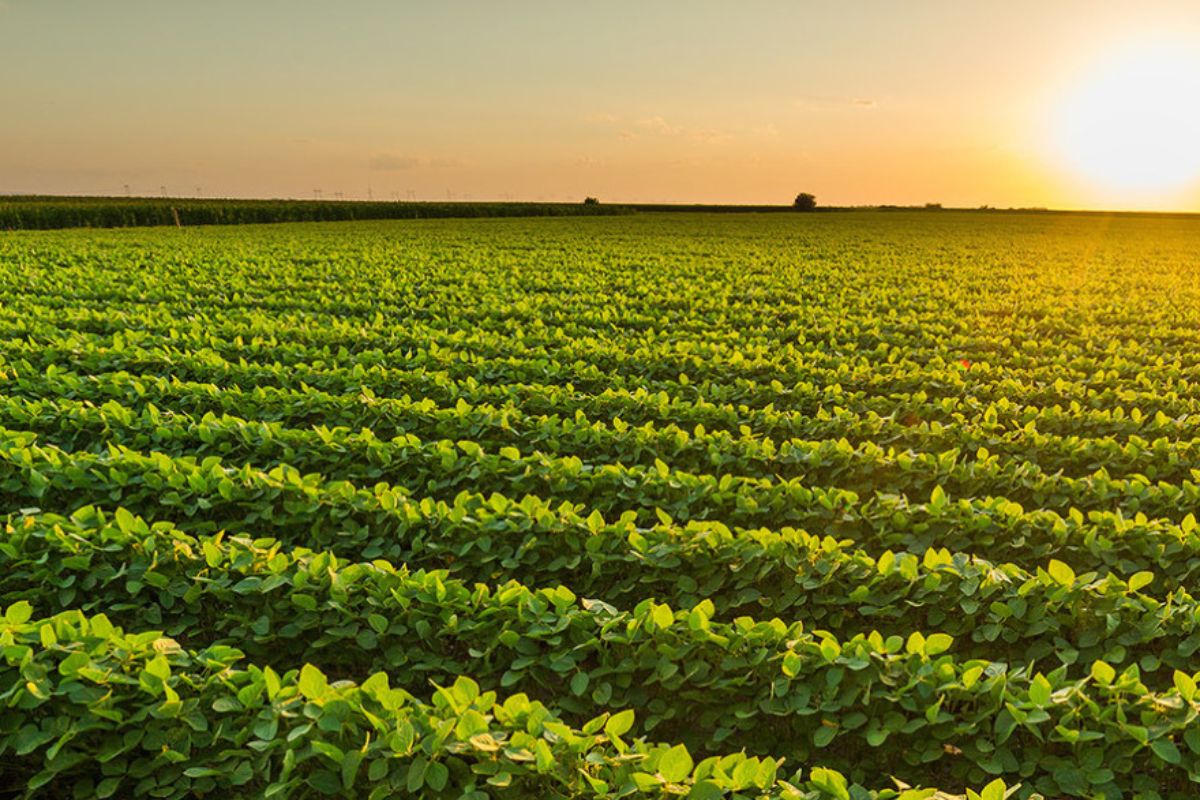
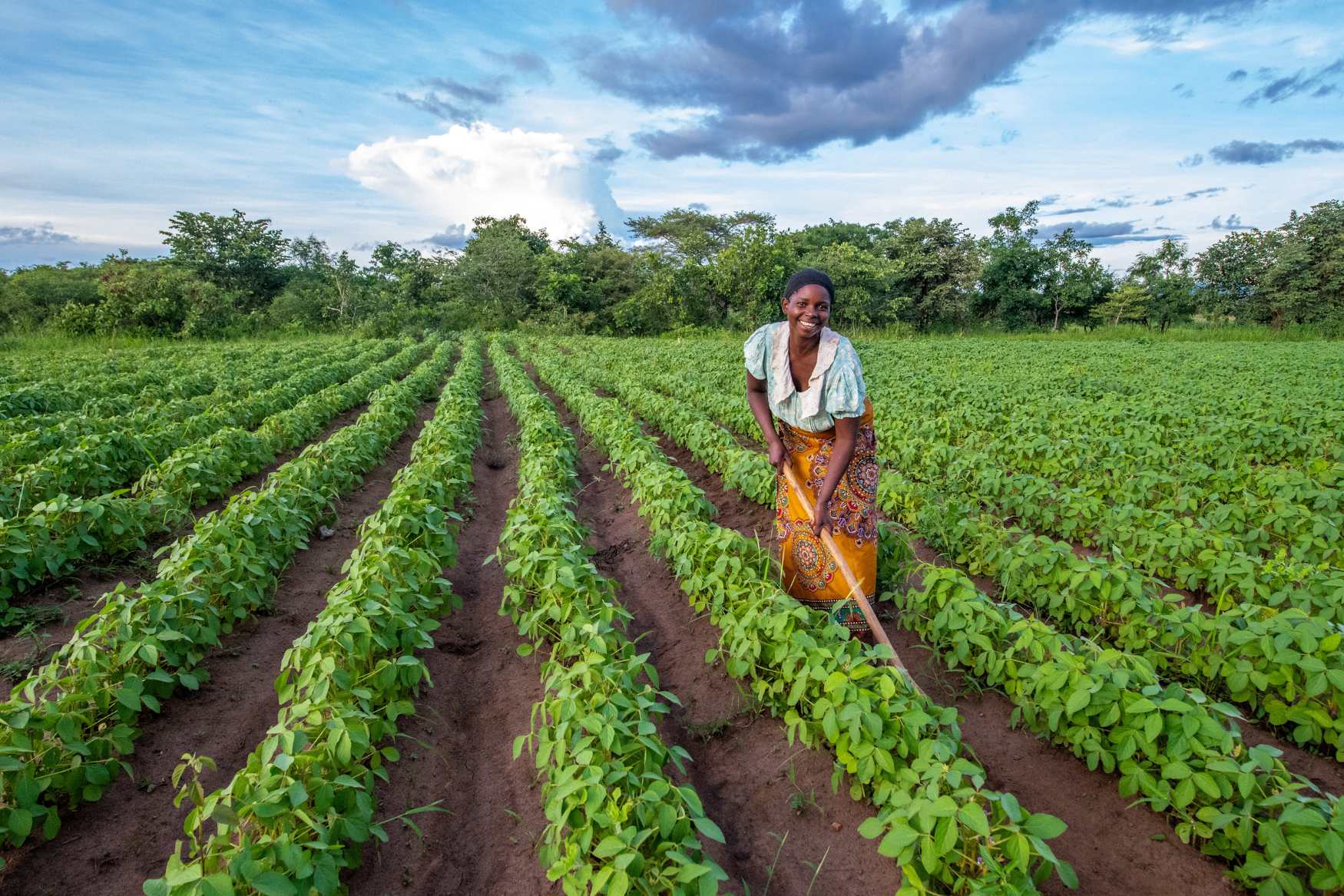

0 thoughts on “What Was The Three-Crop Rotation?”